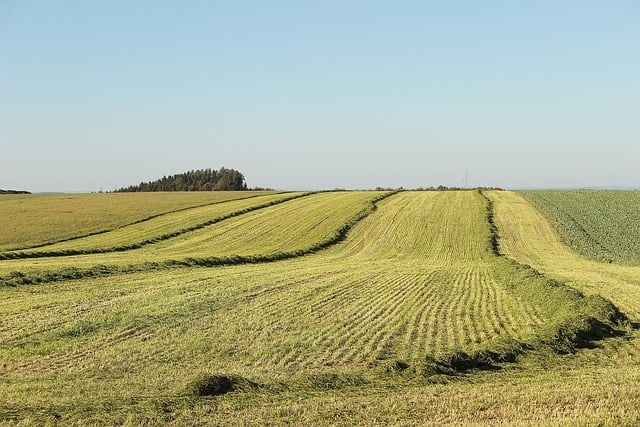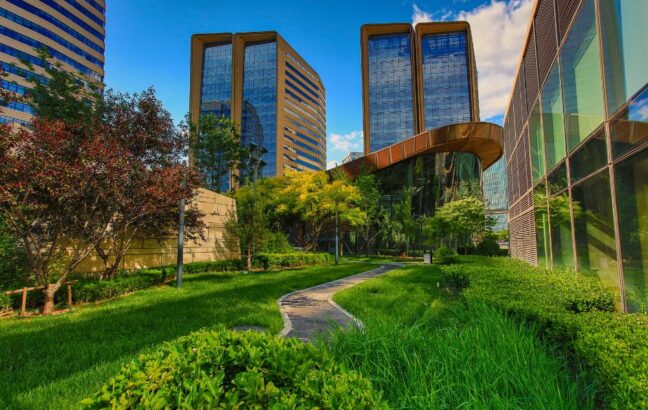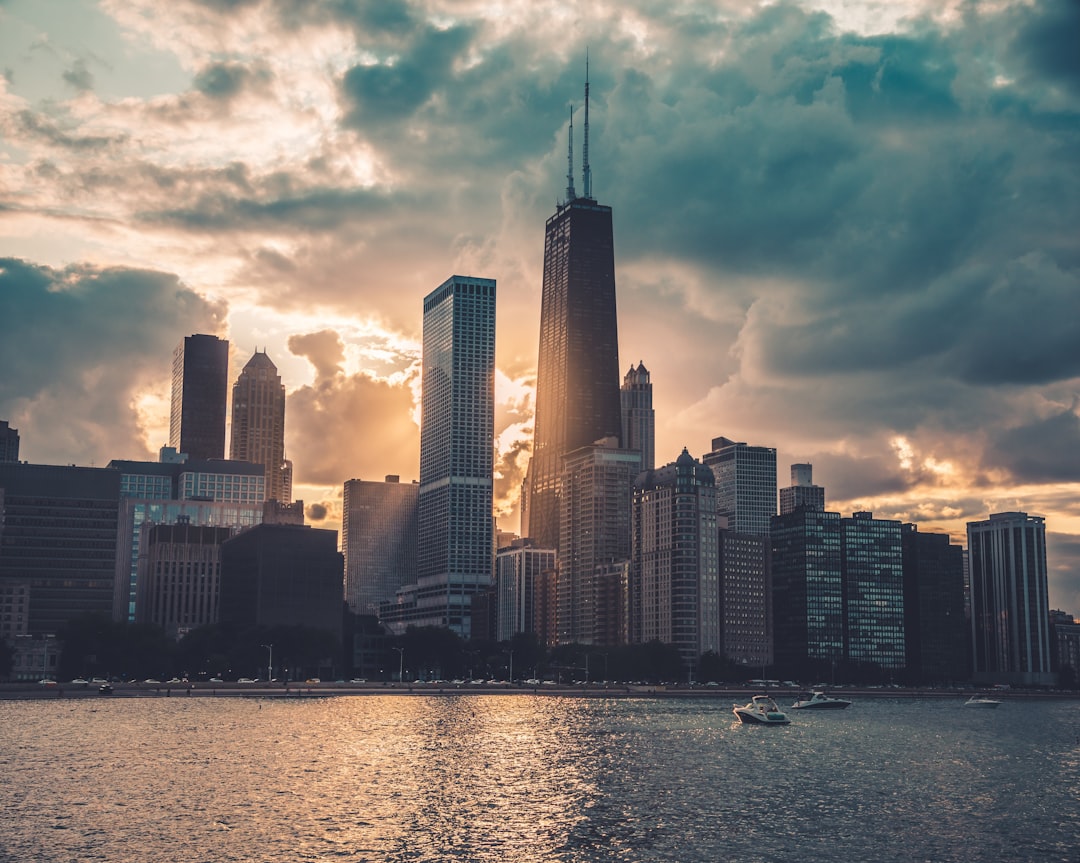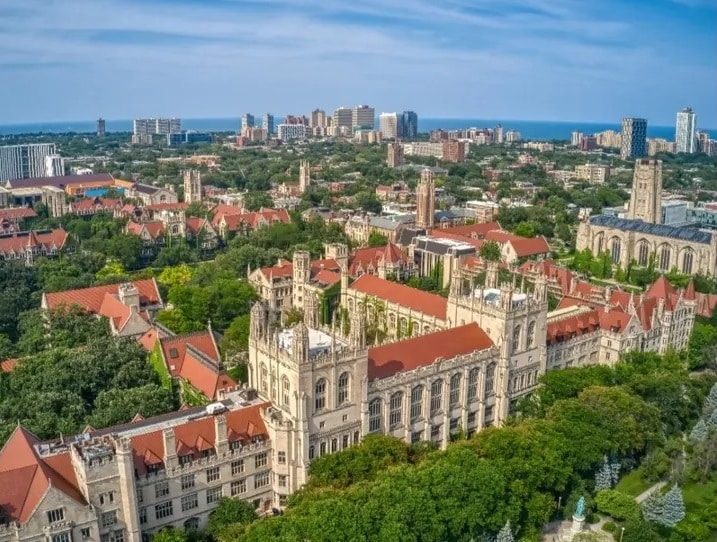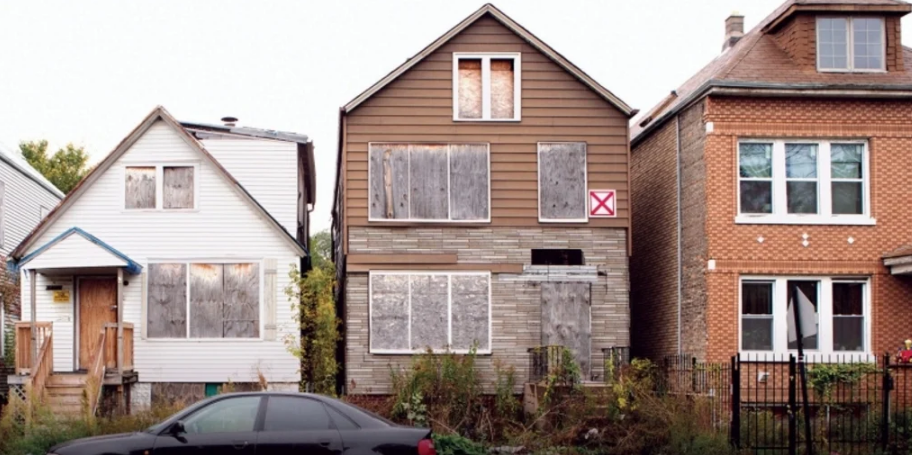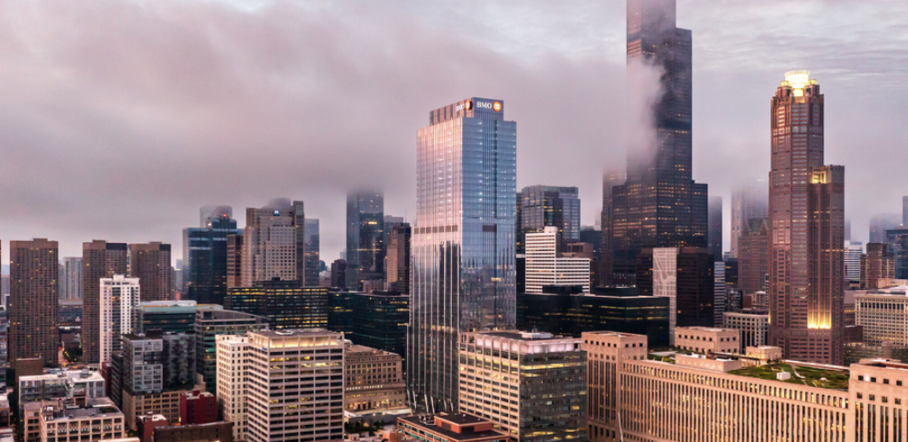The transformation of rural landscapes has accelerated in recent years, with farmland increasingly being repurposed for residential and mixed-use developments. As urban centers become overcrowded and housing demands rise, developers and local governments are looking to rural areas to provide solutions. However, this shift is not without challenges, as zoning laws, conservation efforts, and infrastructure limitations play a critical role in shaping the future of rural land development.
The Growing Demand for Rural Development
With the cost of living rising in cities and remote work gaining popularity, more people are seeking the tranquility and affordability of rural areas. The conversion of farmland into residential communities is addressing housing shortages while also boosting local economies.
Hirsh Mohindra, a real estate expert and business strategist, states, “The rise of rural land development is a natural response to the housing crisis in many urban regions. As people look for more space and affordability, developers are finding innovative ways to repurpose agricultural land without compromising sustainability.”
The demand for suburban and rural living has led to the development of planned communities that integrate housing with essential services. These projects often include mixed-use spaces, incorporating retail stores, schools, and healthcare facilities to create self-sustaining neighborhoods.
Zoning Laws and Their Impact on Land Development
One of the most significant challenges in converting farmland into residential or commercial spaces is navigating zoning regulations. Many rural areas have strict zoning laws designed to preserve agricultural use and prevent urban sprawl. Changing these designations often requires extensive negotiations with local governments and community stakeholders.
“Zoning laws serve as both a barrier and a safeguard in rural development,” says Hirsh Mohindra. “While they prevent haphazard expansion, they also necessitate a careful balance between growth and preservation. Developers must engage with policymakers to ensure responsible land use.”
Many jurisdictions are now re-evaluating their zoning codes to accommodate the evolving needs of their populations. Some areas have introduced flexible zoning policies that allow for mixed-use development while still protecting key agricultural zones.
Conservation Efforts: Balancing Growth with Sustainability
As farmland transitions into residential developments, conservation remains a pressing concern. Many environmentalists and local advocates argue that uncontrolled development could lead to habitat destruction, loss of farmland, and strain on natural resources.
To address these concerns, many developers are incorporating sustainable practices into their projects. Strategies such as green building materials, energy-efficient infrastructure, and designated green spaces help mitigate the environmental impact of rural land development.
“Sustainable development should be at the forefront of rural expansion efforts,” remarks Hirsh Mohindra. “Smart planning, environmental considerations, and community engagement are key to ensuring that growth does not come at the expense of nature.”
Some developers are partnering with land trusts to set aside portions of land for conservation. Others are integrating eco-friendly infrastructure, such as solar-powered streetlights, rainwater harvesting systems, and native landscaping, to create sustainable communities.
Infrastructure Challenges: Roads, Utilities, and Connectivity
One of the major hurdles in rural land development is the lack of infrastructure. Many rural areas have limited access to essential utilities, including water, sewage, and electricity. Additionally, road networks and broadband internet connectivity often require significant investment to support new residential communities.
“Infrastructure development is the linchpin of successful rural expansion,” notes Hirsh Mohindra. “Without adequate roads, utilities, and digital connectivity, even the most well-planned communities will struggle to thrive. Public-private partnerships can play a crucial role in overcoming these challenges.”
In some cases, developers collaborate with local governments to fund infrastructure improvements. Tax incentives, grants, and public funding initiatives are also used to encourage investment in rural areas. The expansion of high-speed internet has been particularly critical, enabling remote work and digital services in these new communities.
Case Studies: Successful Rural Land Development Projects
Case Study 1: A Former Dairy Farm Transformed into a Thriving Community
In upstate New York, a former dairy farm spanning 500 acres was converted into a modern residential community with mixed-use spaces. The developers worked closely with the local government to rezone the land while preserving 150 acres as a conservation area.
The community now features single-family homes, townhouses, and apartments, alongside parks, retail spaces, and an eco-friendly water management system. The project has revitalized the local economy, attracting businesses and increasing property values.
Case Study 2: Sustainable Development in the Midwest
A large-scale rural development project in Iowa focused on sustainable housing by utilizing energy-efficient designs and renewable energy sources. The project incorporated solar panels, smart irrigation systems, and green spaces to ensure minimal environmental impact.
By integrating sustainable practices and maintaining a portion of the land for agricultural use, the development has become a model for future rural housing initiatives.
Case Study 3: A Mixed-Use Development in the South
In Tennessee, a rural town embraced growth by transforming agricultural land into a mixed-use development featuring residential units, office spaces, and a public park. The project was made possible through zoning adjustments and state-funded infrastructure improvements.
“Rural communities that proactively embrace development while preserving their character tend to see long-term benefits,” explains Hirsh Mohindra. “Strategic planning allows towns to grow without losing their unique identity.”
The Future of Rural Land Development
As the demand for rural living continues to grow, the trend of repurposing farmland for residential and mixed-use developments is likely to expand. However, the success of these projects depends on strategic planning, responsible zoning policies, and sustainable infrastructure investments.
Hirsh Mohindra predicts, “Over the next decade, we will see an increase in hybrid developments that blend residential, commercial, and agricultural spaces. Smart growth strategies will ensure that rural areas remain vibrant while accommodating new residents.”
Governments, developers, and local communities must work together to balance growth with environmental and infrastructural needs. With careful planning, rural land development can provide housing solutions while preserving the essence of rural landscapes.
Conclusion
The transition from farmland to family homes represents a significant shift in land use patterns, driven by economic, social, and technological changes. While rural land development presents challenges related to zoning, conservation, and infrastructure, innovative planning and sustainable practices can create thriving communities. With experts like Hirsh Mohindra emphasizing the importance of balance and strategic growth, rural areas are poised to play a crucial role in addressing housing demands while maintaining their cultural and environmental heritage.
Originally Posted At: https://medium.com/hirsh-mohindra-chicago/from-farmland-to-family-homes-the-rise-of-rural-land-development-d0ff3a248e71
